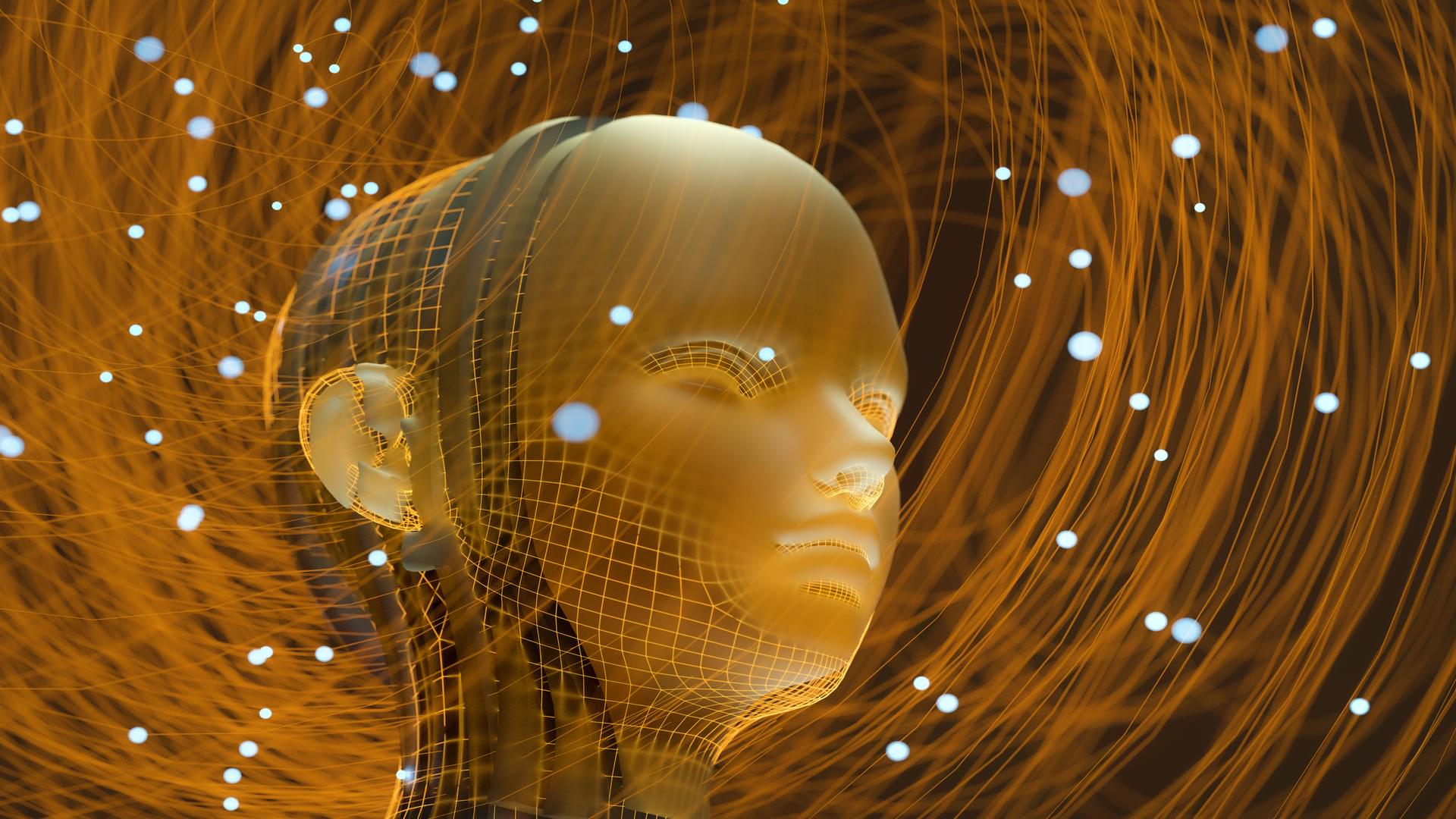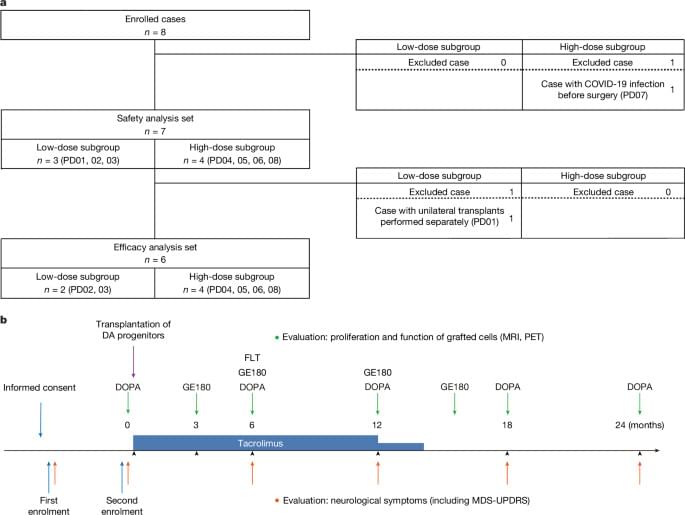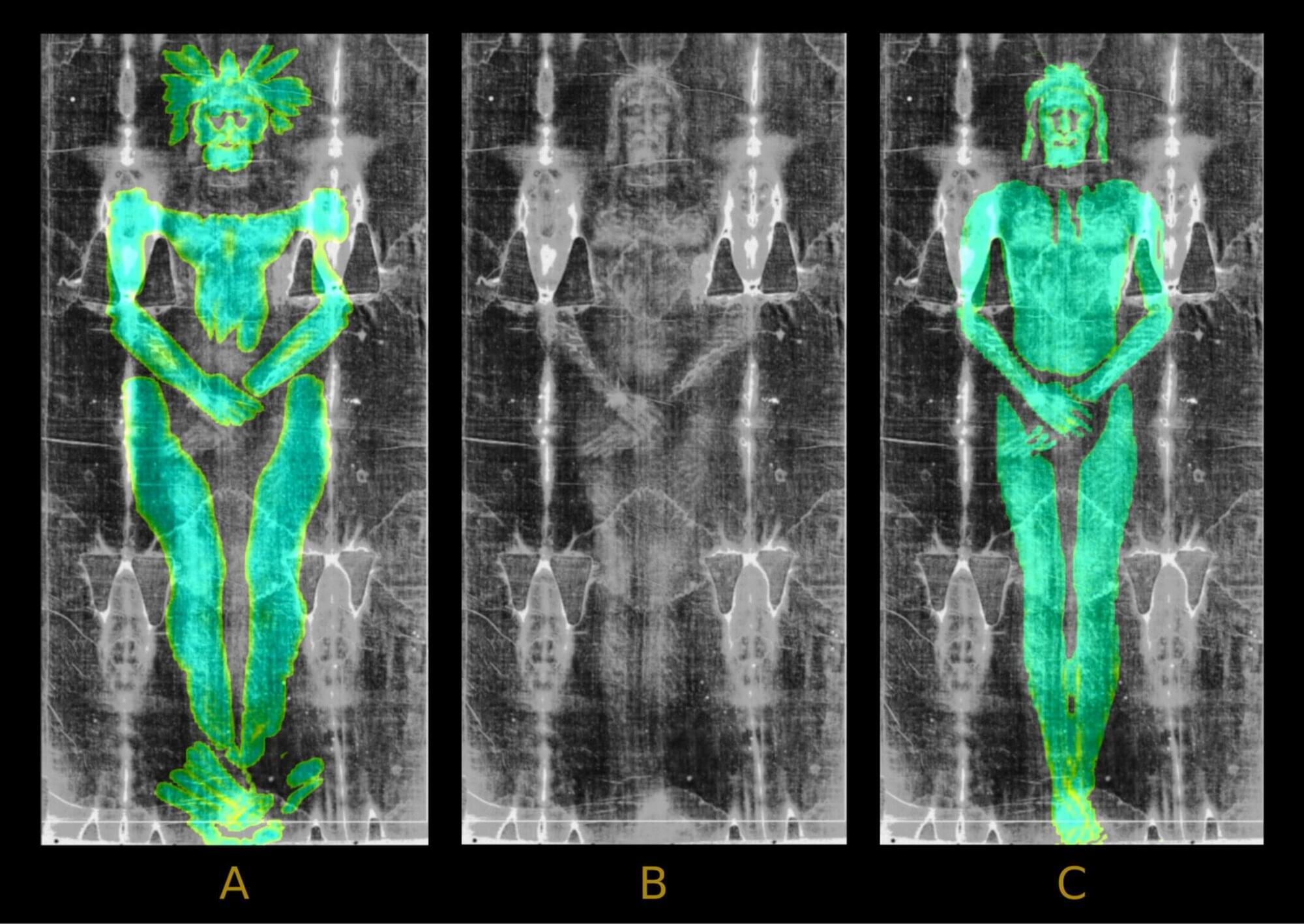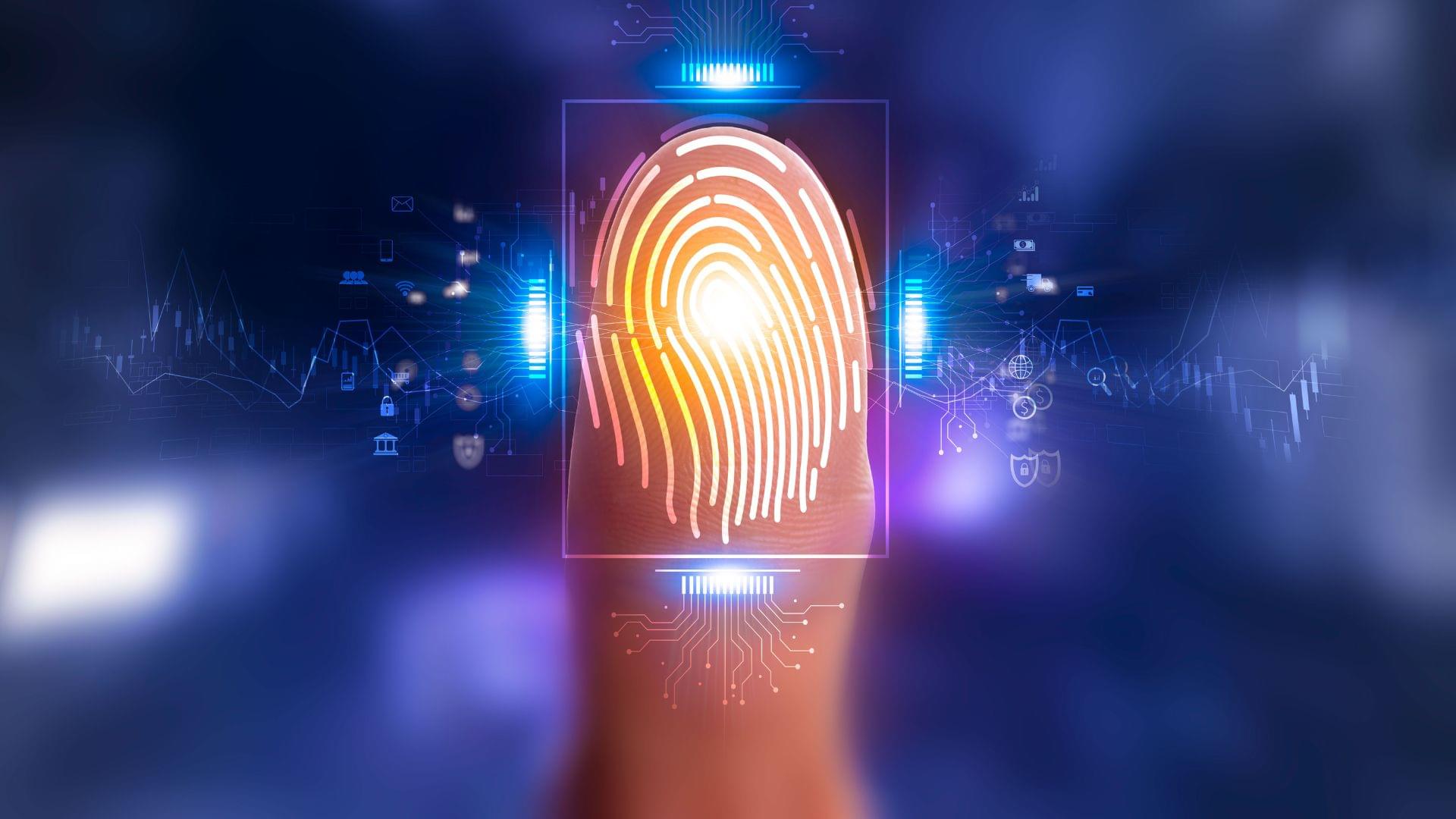The Shroud of Turin is a famous artifact with obscure origins. How and when it was made has long been the subject of debate among many scientists, historians and religious leaders, alike. The two most prominent theories are that it was either created as a work of art during the medieval period or that it was a piece of linen that was actually wrapped around the body of Jesus Christ after his death over 2000 years ago.
Radiocarbon dating done in a 1989 study on the Shroud of Turin dated it around 1,260 to 1,390 AD, consistent with the medieval theory. Later, in 2005, Raymond Rogers argued that the tested sample from the radiocarbon dating came from an area that had been repaired, and was thus newer than the original cloth. And more recently, in 2022, a single thread from the shroud material was tested with a new—and somewhat controversial—method based on Wide Angle X-ray Scattering (WAXS), which claimed that the shroud dated back to the first century AD. If those results are reliable, this dates the cloth much closer to the time of Jesus.
Yet another study examined the blood patterns on the shroud and deemed them inconsistent with what would be expected with a deceased man lying flat. In fact, the authors stated that these blood patterns were “totally unrealistic.” This led to the idea that the blood might have been added to the shroud in a more artistic manner after its creation.









